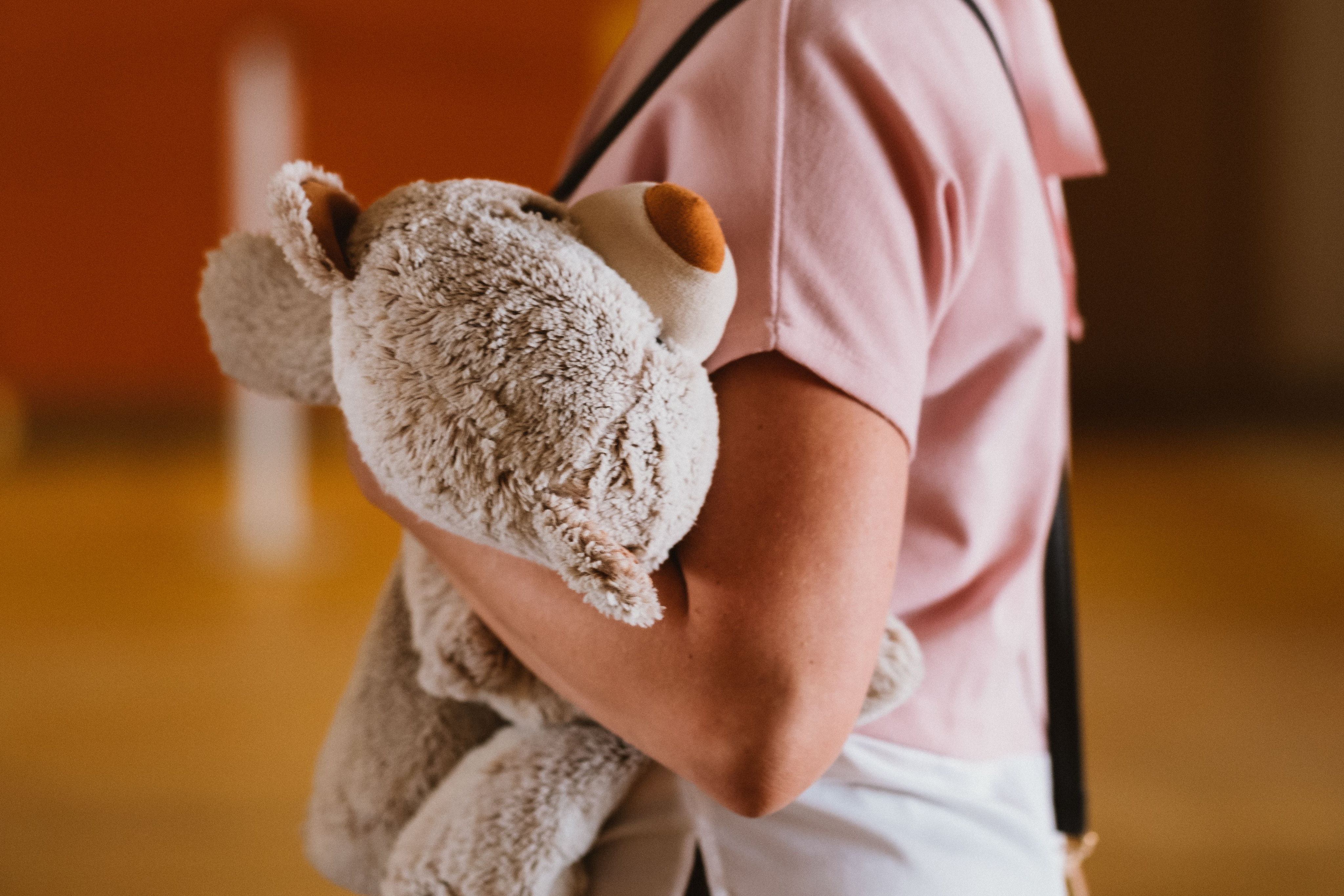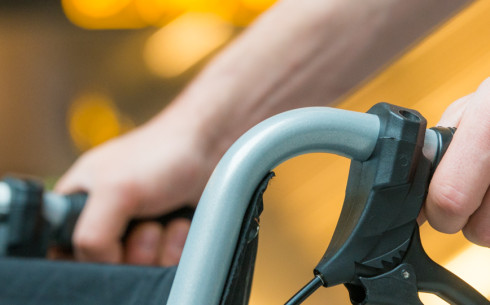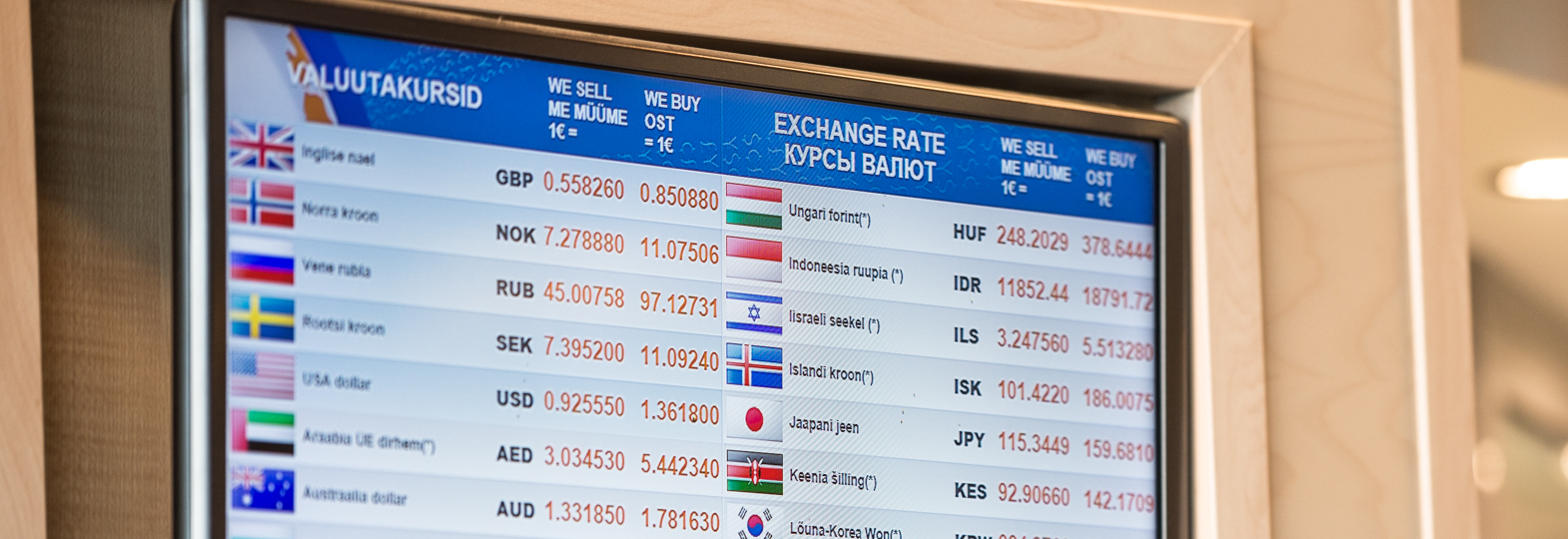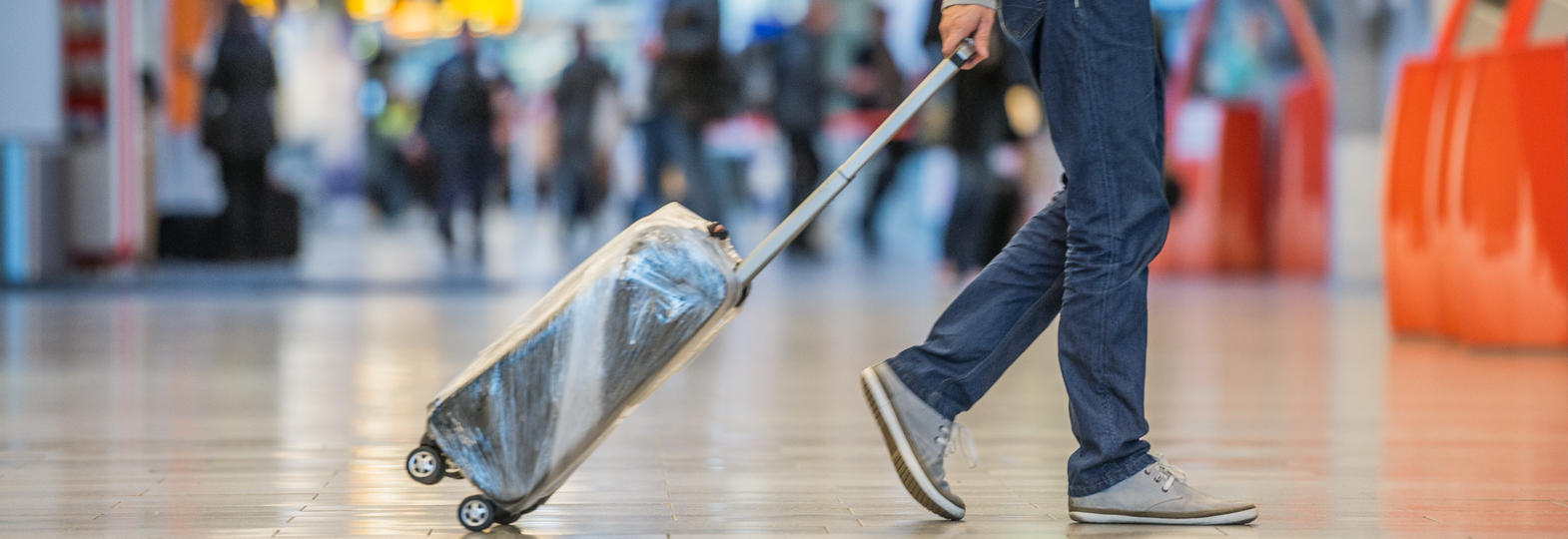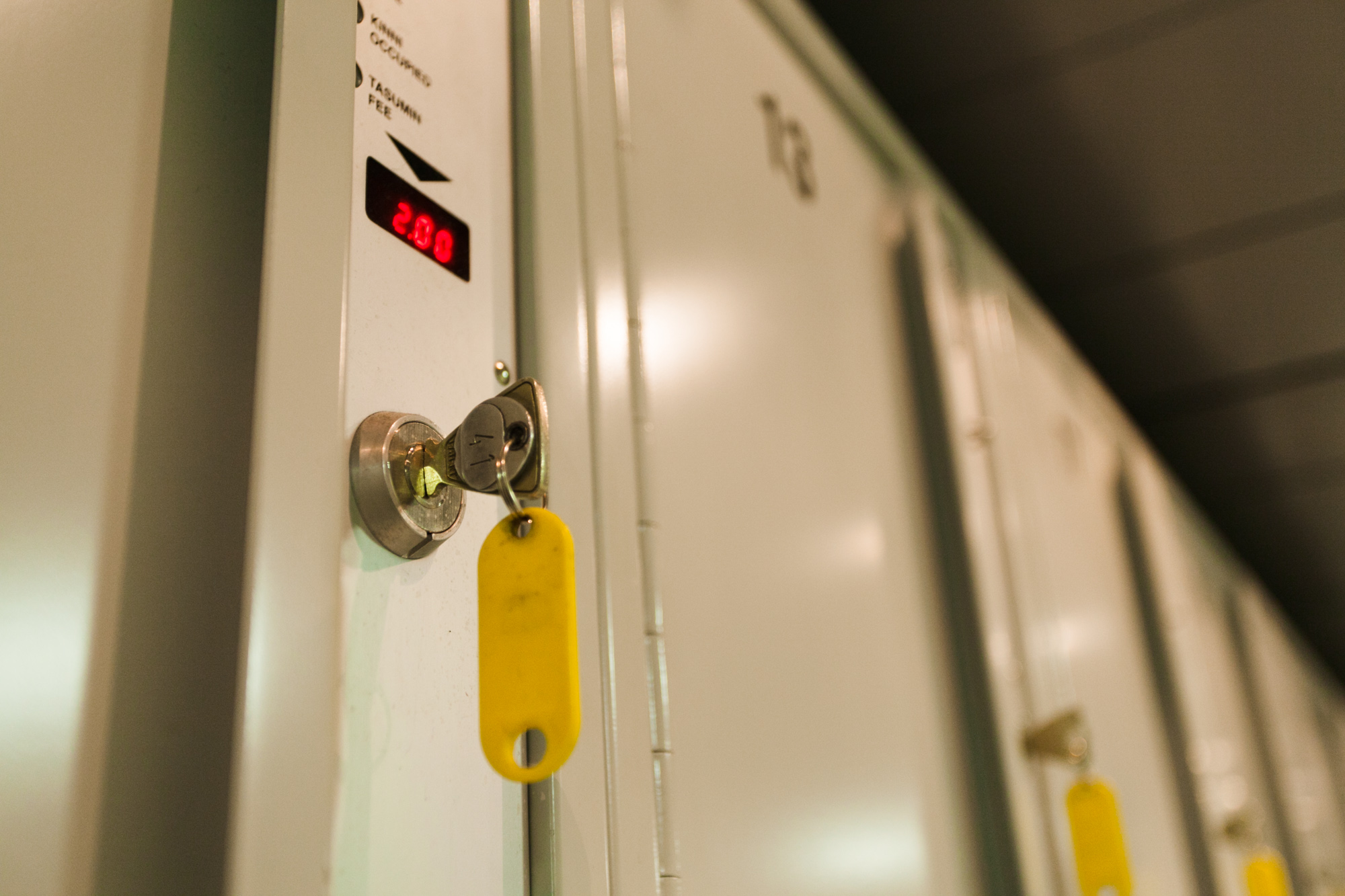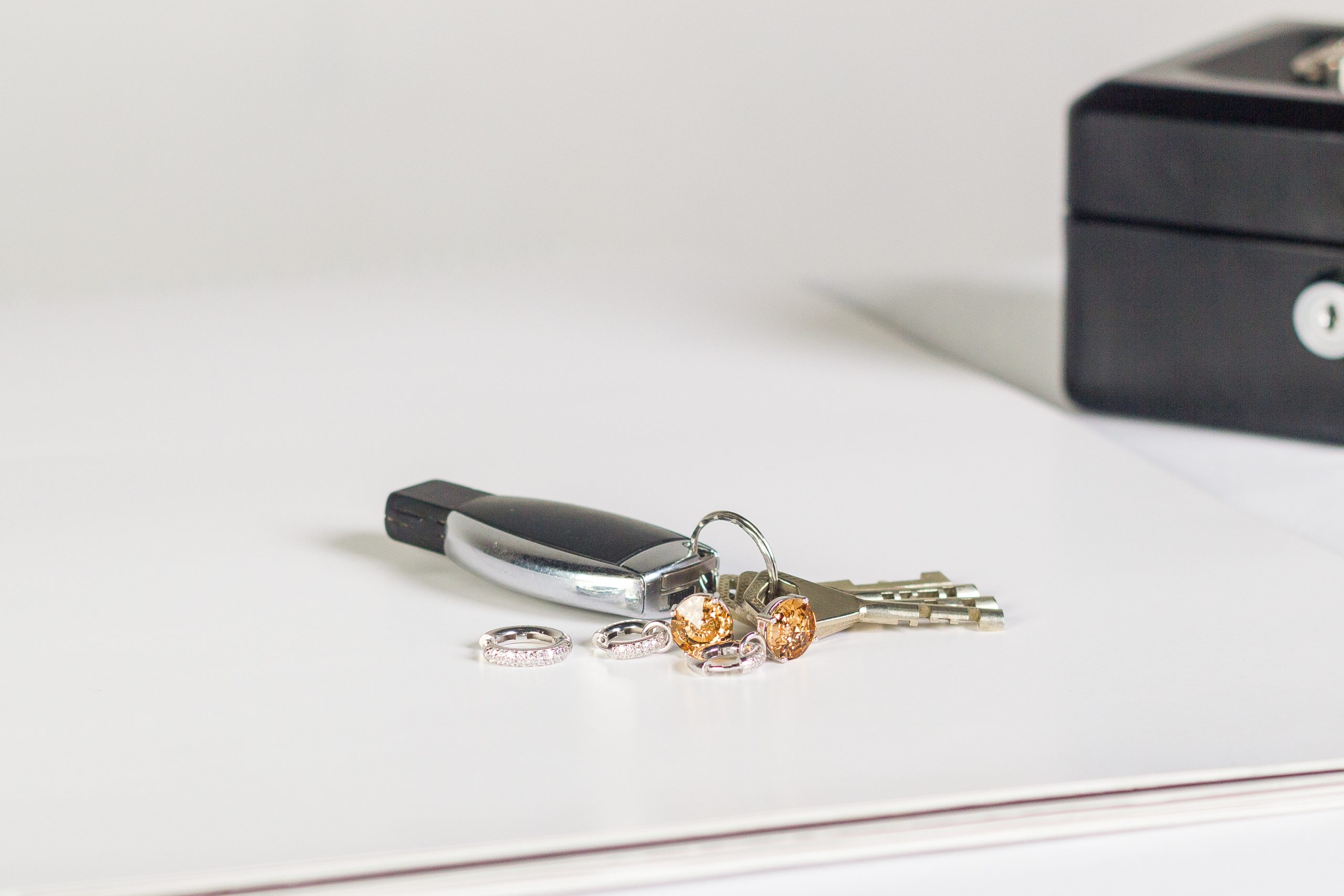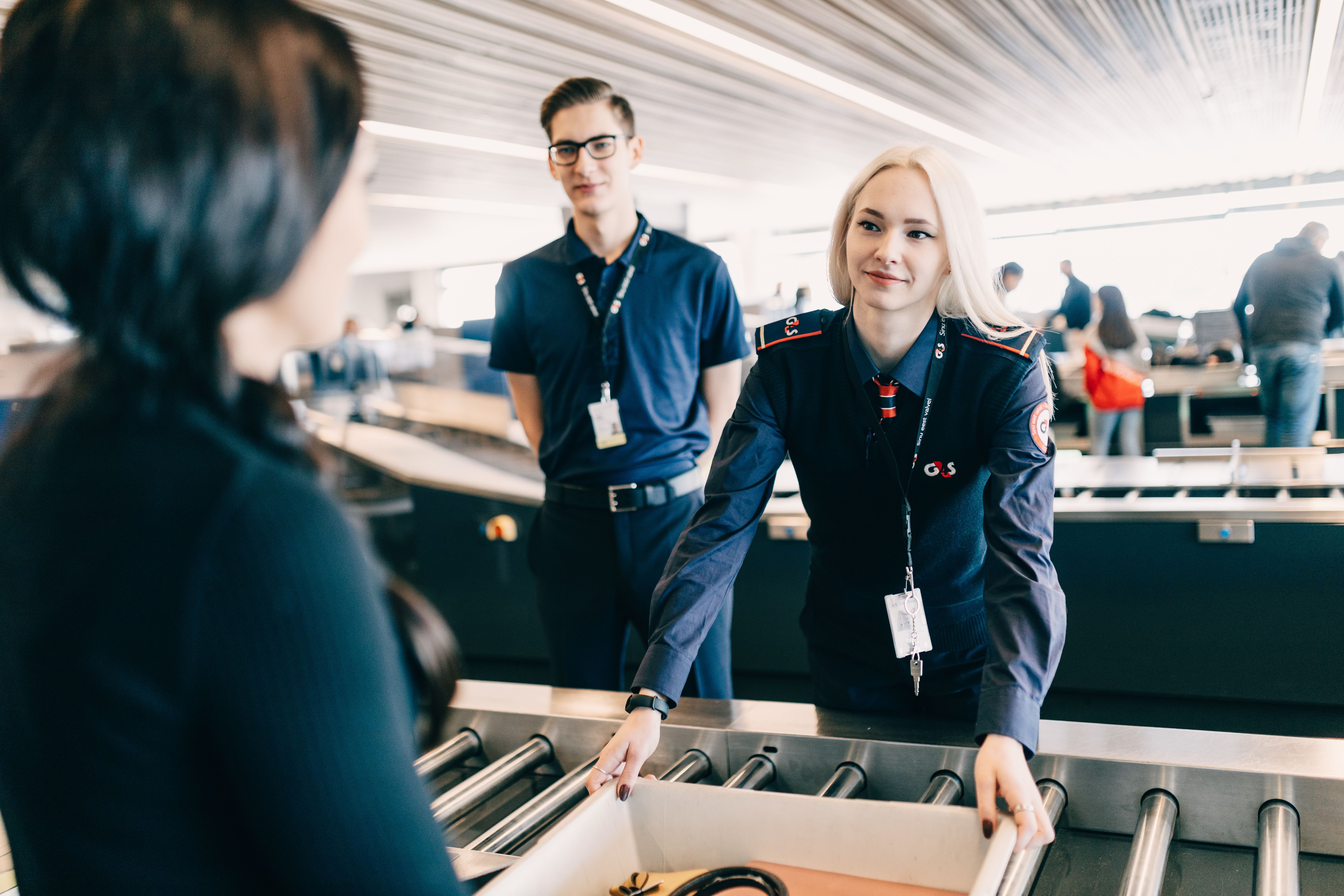Place all items prohibited from being carried in hand baggage in your checked baggage.
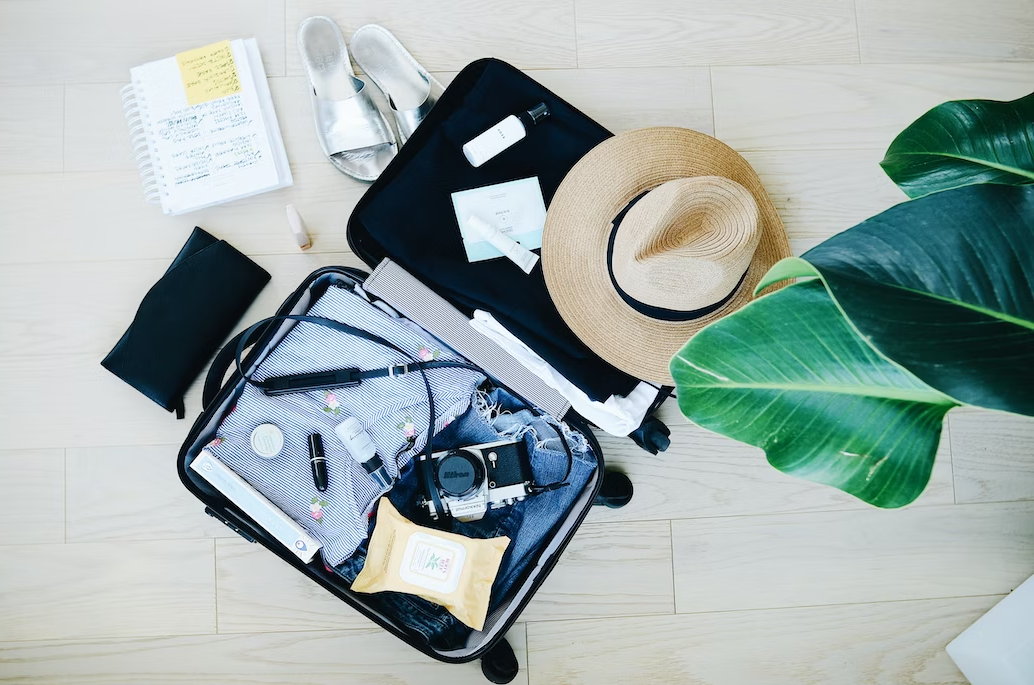
Baggage info
Carefully consider how you distribute your things between your hand baggage and your checked baggage for easy access.
Generally, the rules regarding items prohibited in baggage are harmonised across the European Union, but different airlines have different rules as to the number and dimensions of the baggage items you can take on board their aircraft.
The specifics of these rules may vary to a small extent depending on the airline and the country so we recommend that you contact your airline if in doubt. To avoid any stress at the airport it is advisable to study the regulations before packing bags.
Check if baggage is allowed on the flight
Check if baggage is allowed on the flight
Hand Baggage Rules
Most important!
It is prohibited to take items, which may endanger the aircraft, passengers or crew, into the cabin of the aircraft. The baggage may not contain highly flammable or flammable, explosive, corrosive, poisonous or otherwise hazardous substances or items. Therefore, if you have any doubts, we recommend that you place the item in your checked baggage.
Packing food and liquids in hand baggage
In aviation security, liquids are defined as:
- completely liquid products (e.g. drinks and perfumes)
- pastes, creams, cosmetic liquids, liquid/dry mixtures and pressurized containers
Thus, for an air passenger, this also includes toothpaste, hair gel, shaving mousse, soups, syrups, sandwich creams and other products with similar consistency. Also, all non-solid foodstuffs are classified as liquids.
At Tallinn Airport, it is prohibited to carry on liquids, aerosols and gels in individual packs of more than 100 ml or equivalent capacity into the cabin of an aircraft in one’s hand baggage. This rule is not applied to medicines or special diet food.
In hand baggage, it is permitted to carry on:
liquids in individual containers of 100 millilitres or less or of equivalent capacity, packed in a single transparent resealable plastic bag of up to one litre in capacity, in such a way that the contents fit properly in the bag and the bag is completely closed (1 plastic bag per passenger);
medicines and special diet food (including baby food). Since these items shall be inspected, we recommend to package any liquid medicines and special diet food in a way that would facilitate their removal from hand baggage for presentation to the security workers.
syringes and hypodermic needles (make sure that the hypodermic needle does not exceed 6 cm).
Prohibited items in hand baggage
The list below is illustrative and general, and may not include all prohibited articles. Therefore, in case of doubt, it is advisable to package the item into the checked baggage.
The most common items found in the hand baggage of passengers that are prohibited in hand baggage:
- metal crochet hooks, knitting needles and nail files
- razor blades
- metal combs with a long sharp end
- lighters (you may only take one lighter with you, but don’t put it in your hand baggage and certainly not in checked baggage. Instead, have it in your pocket – that way you can easily take it out and put it in the security control tray)
- scissors that are longer than 6 cm, as measured from fulcrum
- knives with a blade longer than 6 cm
- tools (e.g. a Leatherman multi-tool)
- fireworks, sparklers (prohibited also in checked baggage)
- camping gas, mace (prohibited also in checked baggage)
- batteries with a capacity over 160 Wh (please see the FAQs section for more detailed information on batteries)
- ammunition (e.g. cartridges)
- toy guns
- corkscrews
Categories of prohibited items
Guns, firearms and other projectile devices
Devices that can and seem to be used for inflicting serious injuries through the firing of projectiles, including:
- all types of firearms, e.g. pistols, revolvers, rifles, shotguns
- toy guns, imitations of firearms and replicas of firearms that may be mistaken for real weapons
- parts of firearms, excl. telescopic sights
- compressed air and CO2 guns, e.g. pistols, pellet guns, rifles and spring-loaded guns and pistols; flare guns and starting pistols
- bows, crossbows and arrows
- harpoon and underwater firearms
- slingshots and catapults
Explosive and incendiary agents and explosive and incendiary devices
Explosive and incendiary agents and devices, which can or seem to be used for inflicting serious injuries or endangering the safety of the aircraft, including:
- ammunition
- igniters
- detonators and fusecords
- imitations of explosive devices or replicas of explosive devices
- mines, grenades and other explosive military stores
- fireworks and other pyrotechnics
- smoke-generating canisters and smoke-bombs
- dynamite, black gunpowder and plastic explosives
- batteries with a capacity over 160 Wh
Items with a sharp point or edge
Items with a sharp point or edge that can be used for inflicting serious injuries, including:
- items designed for chopping, e.g. axes and butcher’s knives
- icepicks, pickaxes and knives
- razor blades
- box cutters
- knives with blades over 6 cm long
- scissors with blades over 6 cm long, as measured from fulcrum
- combat sports equipment with a sharp point or edge
- swords and sabres
- metal crochet hooks and knitting needles
Tools
Tools that can be used for inflicting serious injuries or endangering the safety of the aircraft, including:
- crowbars
- drill bits/drills and their parts, including portable wireless electric drills
- tools with a longer blade or stem than 6 cm that can be used as a weapon, e.g. screwdrivers and chisels
- saws, including portable wireless electric saws
- blowtorches
- nail and rivet guns
Stunning devices
Devices that are specially intended for stunning or incapacitating, including:
- electric shock devices, e.g. electric shock pistols, electric shock dart guns and electric batons
- devices for tranquillising and killing animals
- incapacitating chemicals, gases and sprays, e.g. irritating gases, maces, tear gases, acid gases and animal repellents
Blunt instruments
Instruments, which can inflict serious injuries by striking, including:
- baseball and softball bats
- bats and batons, e.g. truncheons
- combat sports equipment
Good to know!
When packing your bags before embarking on a flight, we recommend paying attention to the following:
- Pack your own luggage!
- Do not take items or belongings from strangers with you for delivery, despite your sincere desire to help someone!
- Determine the content and composition of the items to be packed to make sure they do not contain prohibited items or substances!
- Don’t leave your luggage unattended!
Know this!
Security officer has always the right to assess the harmfulness of the item and not to allow the items not mentioned in the list of prohibited items on board of an aircraft, if the item can be used to cause an injury
If you have doubts whether an item is allowed in hand baggage, we recommend that you place it in your checked baggage or contact the airport information desk at the number (+372) 605 8888 or your airline.
Hand baggage FAQ
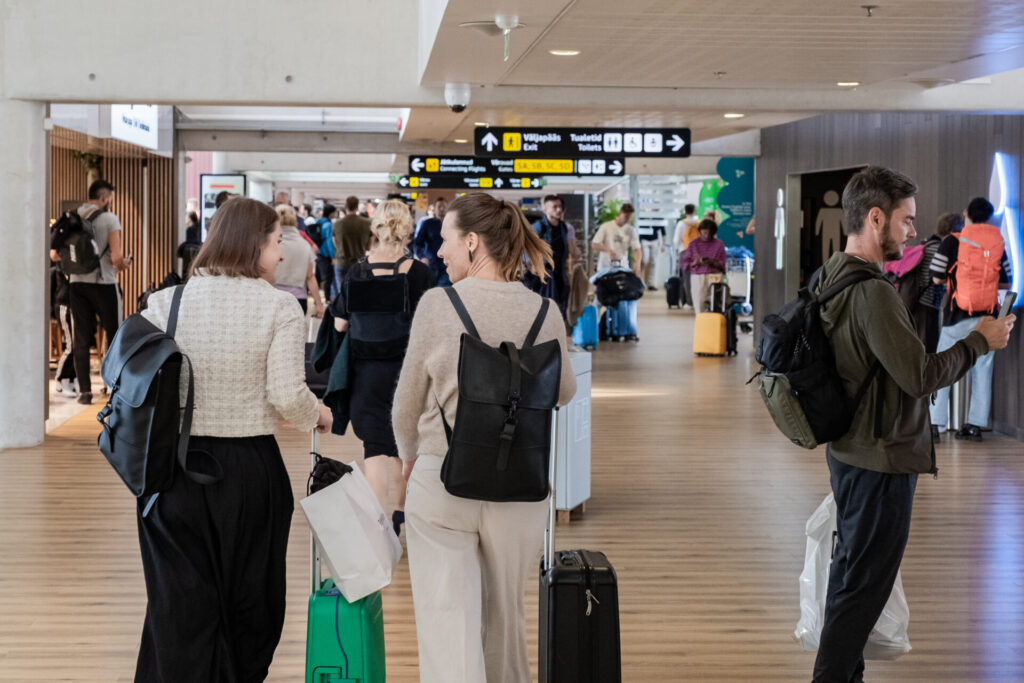
When preparing your baggage, please also take a look at our FAQs section, where you shall find frequently asked questions concerning hand baggage.
Checked baggage rules
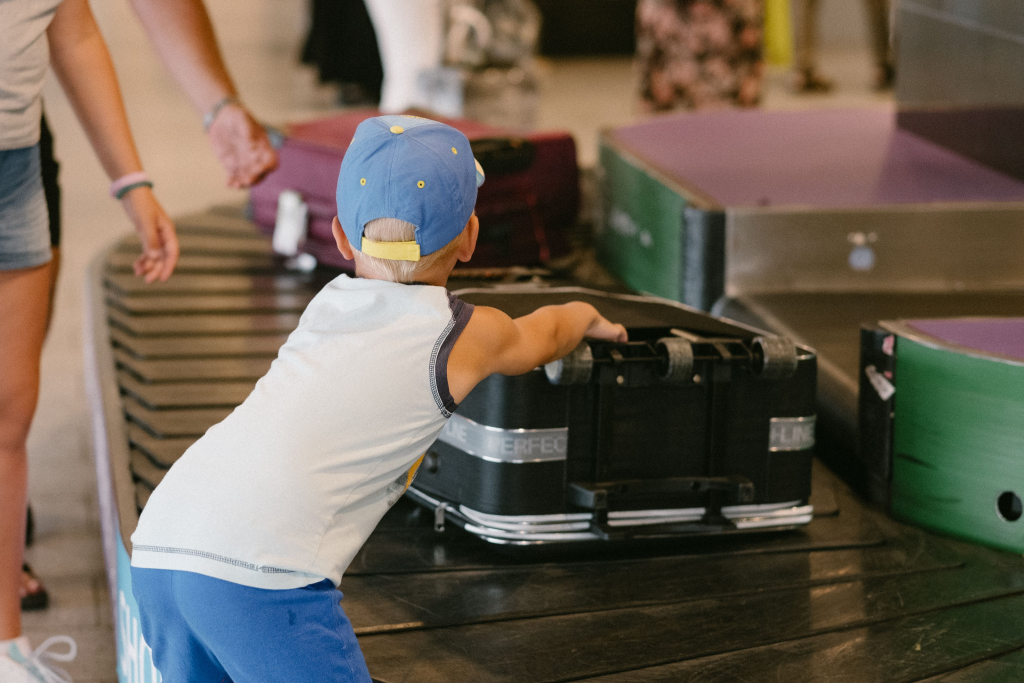
Checked Baggage Rules
Prohibited from being carried in checked baggage
Explosive and incendiary substances and devices as well as devices that can be used to cause serious injury or to threaten the security of the aircraft. This includes:
- ammunition*
- fuses
- detonators and safety fuses
- mines, grenades and other military munition
- fireworks and other pyrotechnics (e.g. sparklers)
- smoke cartridges and smoke bombs
- dynamite, gunpowder and plastic explosives
* As an exception, the passenger may carry in checked baggage the ammunition of firearms permitted to be used for civilian purposes on condition that:
- ammunition is transported pursuant to procedure set out in the Aviation Act and Weapons Act
- carrying the ammunition into the country of destination is permitted
- ammunition is transported in accordance with the rules of the air carrier
List of dangerous goods
- power banks
- lighters
- e-cigarettes
- Zippo gas
- pepper spray
- CO2 bottles
When preparing your baggage, we recommend examining also the list of dangerous goodsand if necessary, to ask for assistance from your air carrier.
If you have any further questions concerning checked baggage rules, please contact the Estonian Transport Administration at the e-mail address info[at]transpordiamet.ee.
Delayed or damaged baggage on arrival
Usually the flights go well and the baggage reaches the destination with the passenger. Sometimes, however, it happens that the baggage does not arrive on the same flight as the passenger or the suitcase has been damaged. So what should you do then?
Delayed baggage
If your baggage has not made it to the baggage carousel and the airline has already sent a notification to your email, continue filling in the delayed baggage file from the link sent to you, following the instructions sent by the airline. If you need help or if the airline has not sent you a notification, please contact the employee at the service desk.
You can also find QR codes for Finnair, SAS, Swiss, airBaltic and Lufthansa on the screen on the wall next to the service desk, which you can scan to fill in the application yourself.
As soon as the delayed baggage arrives in Tallinn, we will contact you to arrange its handover.
Damaged baggage
Airlines have set a time limit in their rules within which damaged baggage must be reported. It varies from airline to airline, so you should check this on the website of the airline you are flying with.
Passengers travelling with Ryanair, LOT Polish Airlines and Aegean should contact the airline directly.
For other airlines, if you find that your baggage has been damaged after you leave the airport, email us as soon as possible, but no later than 7 days after arrival: baggage@tll.aero
The following information is mandatory to allow our employee to generate the report:
- Picture of the baggage tag
- Picture of the baggage
- Picture of the damage
- Picture of the boarding pass
- Telephone number
- Home address
- Year of purchase of suitcase
- Price of suitcase
A report will be prepared for you on the basis of this information. If you haven’t received a report in 48 hours, please contact us again: baggage@tll.aero.
Get in touch
If you have additional questions regarding delayed or damaged baggage upon arrival in Tallinn, please get in touch.
Phone: (+372) 605 8313
E-mail: baggage[at]tll.aero
